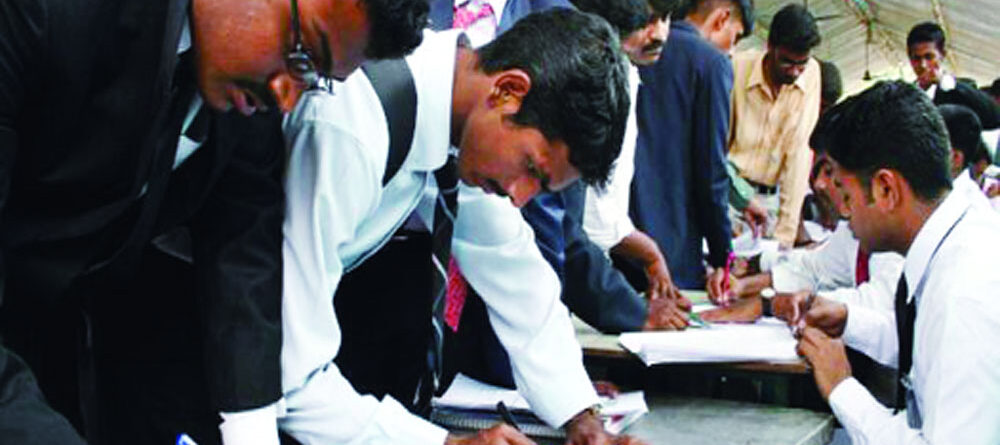India’s jobs crisis is more serious than it seems
Jitendra Maurya was one of more than 10,000 jobless young people who turned up for interviews for 15 low-skilled government jobs in the central state of Madhya Pradesh.
Many of them were overqualified – aspirants, according to one report, included post-graduates, engineers, MBAs and people like Maurya, who is preparing for a judge’s exam, according to a BBC report.
“The situation is such that sometimes there is no money to buy books. So I thought I will get some work [here],” Maurya told a news network.
Maurya’s plight shines a light on the acute jobs crisis facing India. The pandemic battered Asia’s third-largest economy, which was already in the throes of a prolonged slowdown. It’s now seeing a rebound largely due to pent-up demand and increased government spending.
But jobs are diminishing. India’s unemployment rate crept up to nearly 8% in December, according to the Centre for Monitoring Indian Economy (CMIE), an independent think tank. It was more than 7% in 2020 and for most of 2021.
“This is way higher than anything seen in India, at least over the last three decades, including the big [economic] crisis of 1991 [when the country did not have enough dollars to pay for imports],” Kaushik Basu, former chief economist of the World Bank, said.
Most countries saw joblessness rise in 2020. But India’s rate exceeded most emerging economies like Bangladesh (5.3%), Mexico (4.7%) and Vietnam (2.3%), notes Prof Basu.
Read more @Saudi Gazette
438 views










